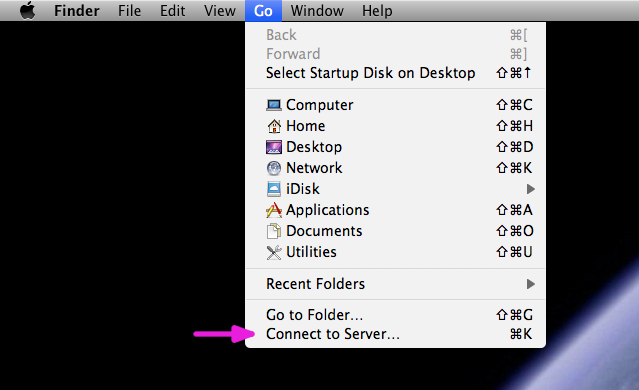File Storage
- Storage areas for user files are provided via NFS for LINUX users and via SAMBA for Windows users.
- Data files should be stored within these storage areas rather than on a local machine.
- Users should be aware of which areas are backed up.
From LINUX
- HomeAreas are available via
/home/ - DataAreas are available via
/data/ - Scratch areas on the local disc are available via
/pcdisk/ppepcXX
df command. A list of the current data areas can be found using the ypcat command.
| Listing the available data areas |
| $ ypcat -k auto.data |
Local Scratch Disk
After logging into a LINUX desktop the scratch space available can be found at/pcdisk/ppepcXX where XX is the number of the LINUX desktop. This directory is world writable such that any PPE user can create files within it. Since this scratch space is directly mounted to the machine i.e. not over NFS it can be used to speed up heavily I/O dependent programs. Please remember to copy any important data off this space once such a process has completed. (At present this scratch space is un-managed and therefore will not be cleaned up automatically.)
From Windows
Windows users should access their HomeAreas and DataAreas using Samba. Users should connect to the Samba server via the aliasppesmb. Users can connect to the Samba server either by navigating to it via the guphysics domain or via clicking on Start->Run and then typing \\ppesmb. Laptop users should use their guphysics username and password to authenticate.
* Users logging into a desktop which is bound to the guphysics domain will find that their ppesmb home area is automatically mounted as the U: drive.
* When browsing the \\ppesmb folder DataAreas can be more clearly identified by switching the folder to the details view. To do this open the \\ppesmb folder following the instructions given above. Then right click within the folder and select View->Details. The DataAreas can then be identified by the Comments field.
From OS X
Start finder, then from the menu bar selectGo then Connect to Server.
 Enter
Enter smb://ppesmb for the server address in the diolog box and click Connect.
 Enter your GUPHYSICS username and password if requested. From the final dialog box select the samba share you wish to access.
Enter your GUPHYSICS username and password if requested. From the final dialog box select the samba share you wish to access.

From Linux Laptop
-- AndrewPickford - 25 Jan 2009| I | Attachment | History | Action | Size | Date | Who | Comment |
|---|---|---|---|---|---|---|---|
| |
connect_to_server.png | r1 | manage | 59.5 K | 2010-08-04 - 09:30 | AndrewPickford | |
| |
ppemgr02.png | r1 | manage | 132.3 K | 2010-08-04 - 09:31 | AndrewPickford | |
| |
ppesmb.png | r1 | manage | 37.1 K | 2010-08-04 - 09:31 | AndrewPickford |
Topic revision: r4 - 2013-04-22 - AndrewPickford
Ideas, requests, problems regarding TWiki? Send feedback


